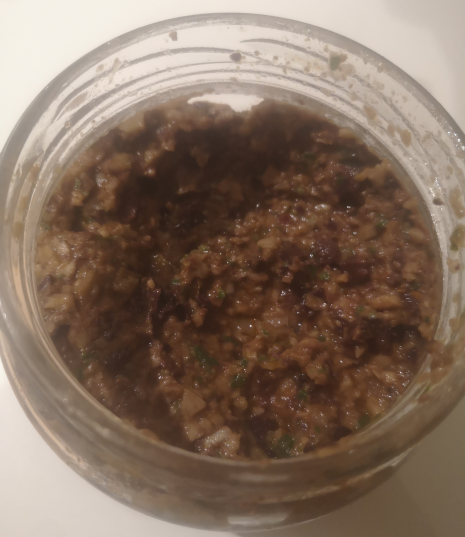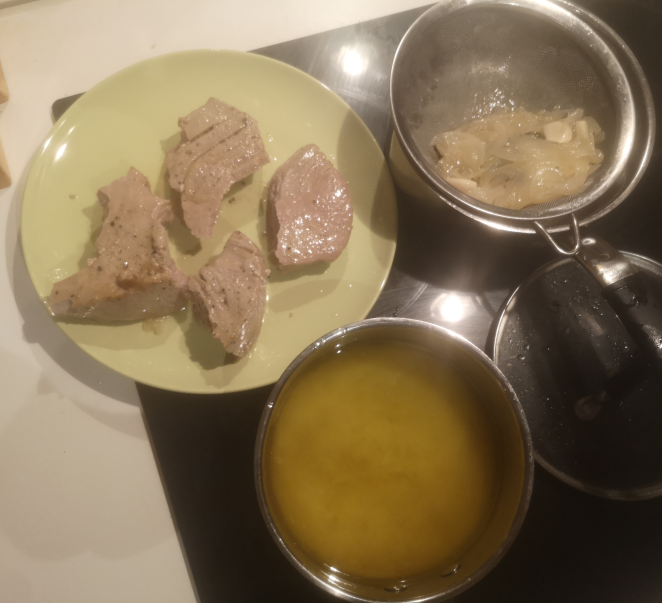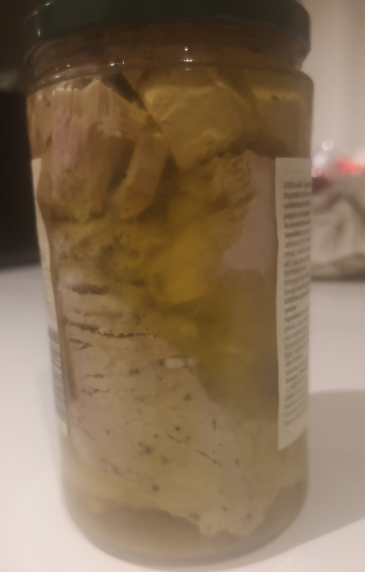This is not another cooking recipe. This is a book a finished this week. Initially I was a bit worried that it was going to be a pain. As usual, I dont remember where I got the recommendation for the book. But after starting reading it, I didnt regret it. It hit me. The concept of feeding your demons it based on the teachings of Machig Labdron. She was a Buddhist master that developed a new way of meditation. She faces problems with a different approach, instead of fighting them (very western style) tries to connect, understand, nurture and merge with them.
I remember while doing my headspace meditation some time ago, one week exercise was to focus in somebody you hated and wish then the best. It was hard but I felt at peace after that. This is the “Chod” method in a very simple way. I liked the example of Hercules fighting the Hydra. Whenever he cut a head, another grew and there was an immortal head. So that’s how we normally deal with our problems (internal or external) fighting them, trying to defeat them. But unfortunately, our mental/philosophical/live issues always come back alive like the hydra. So we need a different approach.
The book give you plenty of examples where you can use the Chod method. And explain the different types of demons, finishing with the main one, the ego. At the end of the day, that’s the source of all our problems. And this is something that reminds me too to Stoicism.
From my point of view, my main demon is relationships/feelings. My excuse is I dont want to lose my autonomy/independency. I dont want to get hurt. I dont want to show my weakness. It is fear to be loved and love.
It is something I still need to work on, not fight.
I take this as a new and important skill in my mental toolbox. And I need to practice it. Theory is not enough.


